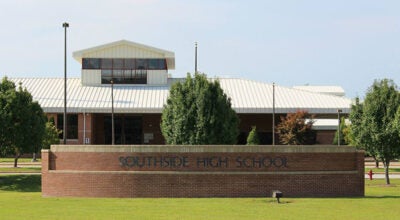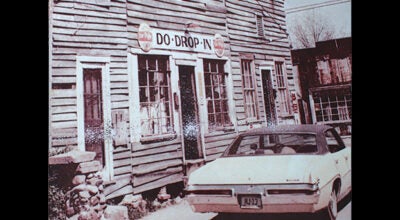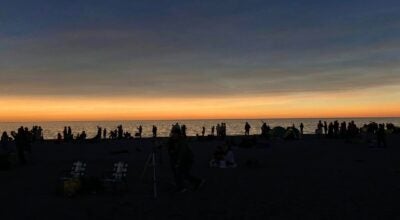Restoration of church wall in the works
Published 9:20 pm Thursday, January 24, 2013

THE ART OF RESTORATION: Dean Ruedrich, of Ruedrich Restoration, explains the careful process of restoring the perimeter wall of the St. Peter’s Episcopal Church cemetery. The wall was knocked down last year by a two-car accident at the intersection of East Main and Bonner streets.
Dean Ruedrich fixes broken things. But Ruedrich doesn’t fix just any old broken thing. It has to be a really old broken thing.
With more than 22 years of experience in the historic-building trades and one of the few gravestone conservators practicing in North Carolina, Ruedrich is a restoration specialist. His latest project: a wall in Washington, one that has marked the perimeter of the St. Peter’s Episcopal Church graveyard since 1922. Last year, the wall fell victim to a two-car accident that sent one car into the wall and knocked lids from the box tombs behind it.
According to Ruedrich, it’s no easy task to find a permanent match in style, texture, color and shape for blocks made for a wall nearly a century ago.
“The objective,” said Ruedrich, “is for it to work well for the next hundred years.”
The first step was to get new blocks cast and have both straight and curved shapes right. Even with molds taken from the original blocks, it took three tries to get it right, according to Ruedrich.
While the shape of the blocks is, literally, written in stone, the color was a whole different story, said Ruedrich.
“We went through great pains to get samples from all over the wall to match the original color,” he explained.
But do a drive-by of the corner of East Main and Bonner streets, and what you won’t see is a match — yet.
The pinkish hue of the new blocks stand out, some might say, rather garishly, against the aged wall around them. Ruedrich said there’s a method to the madness. He said, of course the 19 new blocks could have been color-matched to the aged wall. He explained that he could have artificially aged the new ones. But both those processes are temporary fixes, and Ruedrich rarely deals with temporary — he’s in it for the long haul.
“Very subtly and very slowly over the next six months to a year, the old block will brighten and the new block will weather in,” he said.
Antimicrobial cleaner that kills off the biological growth on the old wall, along with the natural aging of the new, means the two will meet somewhere in the middle, Ruedrich explained.
“Then, they should react to everything the same,” he added.
Behind the wall, Ruedrich has also restored three tombs — dating back to 1779 —that were damaged in the accident, and he explained where and how the materials of each lid came to be there: white marble from Italy, soapstone likely quarried in the Carolinas, brownstone from up north.
According to Ruedrich, restoration is what he’s always done. In about six months to a year, a drive by the intersection of Main and Bonner will likely show he’s honed his skill to a fine art.





